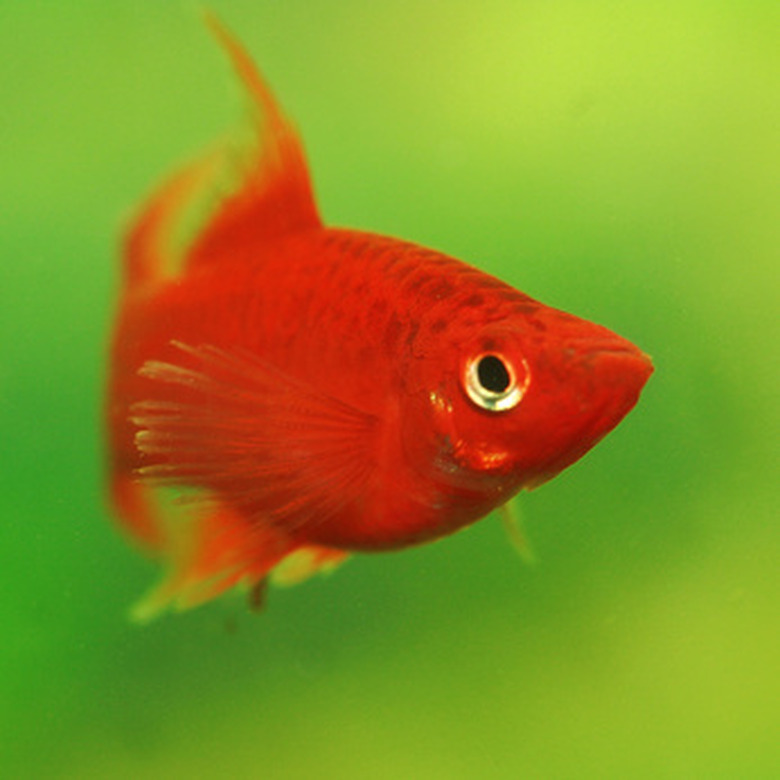Life Cycle Of Minnows
Minnows are fish from the family Cyprinidae. Cyprinidae is the largest family of freshwater fish, and the fish themselves are on the small side, rarely exceeding 14 inches. Species of minnows vary widely, the smaller of which have a life span of about three years, and the larger ones can reach six to seven years. Many minnows swim together in large schools, and others stay in small groups.
Types of Minnows
Types of Minnows
Minnow species include:
- shiners
- dace
- chubs
- fallfish
- stonerollers
- pikeminnows
- goldfish
- carp
River chub, creek chub and fallfish are among the larger minnows, and common shiners and dace stay under 6 inches. The endangered Colorado pikeminnow, an exception to common cyprinid size, can reach up to 6 feet.
Habitat
Habitat
Minnows adapt easily to a variety of habitats. Most minnows live in clear, freshwater streams, though they may also inhabit swamps, lakes, ponds, bogs and brackish water.
Diet
Diet
Few minnows, such as carp, are omniverous, and most are herbivorous or planktivorous. Herbivorous minnows are primary consumers that feed on algae and aquatic plants along the bottom. Planktivorous minnows are secondary consumers that eat zooplankton, insects, worms, small crustaceans and occasionally smaller minnows.
Mating and Reproduction
Mating and Reproduction
Some male minnows take on orange or red colors to attract females. Females lay adhesive eggs in algae, on aquatic plants, on pond bottoms, under rocks or in gravel nests. Eggs are prolific; a single carp might lay 2 million.
In some species, males dig nests with their snouts and fight each other in the process. Common shiners often use the nests of other species. Spawning takes place in spring to midsummer.
Role in Ecosystem
Role in Ecosystem
Minnows are an important source of food for larger fish. Humans don't often eat minnows because of their small size but use them as bait for fishing. Goldfish and carp are often kept as pets in aquariums or koi ponds. Bottom feeding minnows tend to root up aquatic plants and cause turbidity in the water.
Cite This Article
MLA
Ullmann, Maryann. "Life Cycle Of Minnows" sciencing.com, https://www.sciencing.com/life-cycle-minnows-6658671/. 22 November 2019.
APA
Ullmann, Maryann. (2019, November 22). Life Cycle Of Minnows. sciencing.com. Retrieved from https://www.sciencing.com/life-cycle-minnows-6658671/
Chicago
Ullmann, Maryann. Life Cycle Of Minnows last modified March 24, 2022. https://www.sciencing.com/life-cycle-minnows-6658671/
